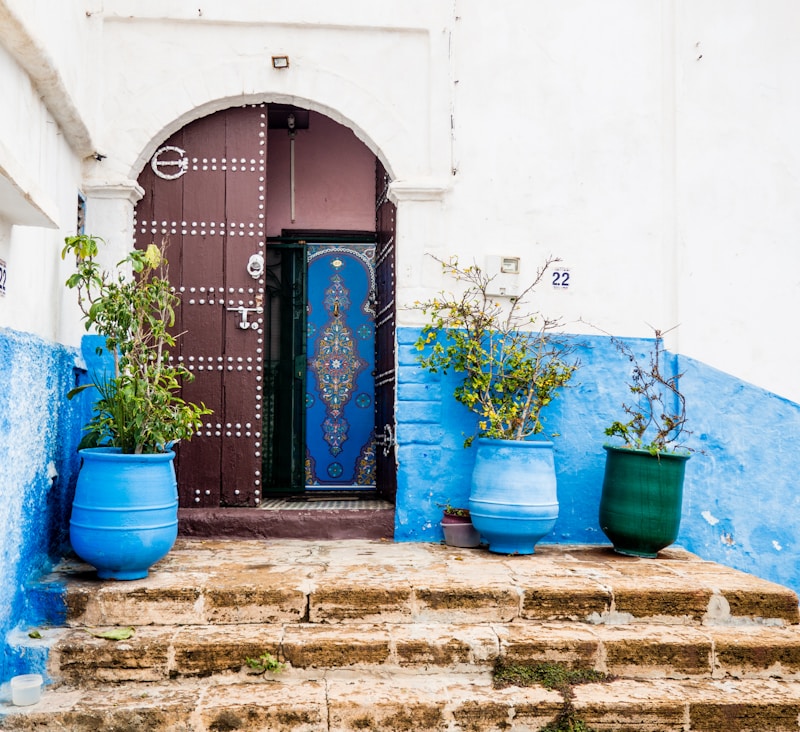Exploring Traditions Across Cultures: A Journey Through Time and Diversity
Introduction to Global Traditions
Traditions are the lifeblood of cultures, passed down through generations and forming a tapestry of human experience. From the vibrant festivals of India to the serene tea ceremonies in Japan, traditions across cultures showcase the diversity and richness of human life. In this article, we'll explore various cultural traditions, their significance, and how they shape identities around the world.
The Importance of Traditions
Traditions serve multiple purposes in a culture: they foster community, preserve history, and create a sense of belonging. Understanding these traditions allows us to appreciate the nuances of different cultures, breaking down barriers and promoting empathy. Some traditions might seem foreign to us, but many share common themes like celebration, remembrance, and solidarity.
Celebrations and Festivals
One of the most visible aspects of tradition is through celebrations and festivals. Let’s delve into a few notable examples:
| Festival | Country | Date | Significance |
| Diwali | India | October/November | Festival of Lights, symbolizing the victory of light over darkness. |
| Oktoberfest | Germany | September/October | A celebration of Bavarian beer culture, attracting millions of visitors. |
| Chinese New Year | China | January/February | Marking the beginning of the lunar year, featuring family reunions and traditional meals. |
| Thanksgiving | United States | Fourth Thursday in November | A day for giving thanks and feasting with family and friends. |
Rituals and Ceremonies
Beyond festivals, many cultures place significant value on rituals and ceremonies that mark important life events. These practices often include:
- Coming-of-age ceremonies: In various cultures, such as the Jewish Bar or Bat Mitzvah, these rituals signify a child's transition into adulthood.
- Marriage ceremonies: Each culture has unique customs that reflect their beliefs and traditions surrounding marriage. For instance, Indian weddings can last several days and involve rich rituals.
- Funeral rites: Death is treated with respect and reverence in all cultures. In Mexican culture, the Día de los Muertos (Day of the Dead) combines remembrance and celebration for deceased loved ones.
Cultural Expressions in Daily Life
Traditions are not just confined to festive occasions; they permeate daily life as well. This includes:
- Culinary Traditions: Food plays a major role in cultural identity. Different regions have unique flavors and dishes, from Italian pasta to Thai curry.
- Dress and Attire: Traditional clothing often reflects cultural heritage, such as the kimono in Japan or the sari in India.
- Art and Music: Folk music and art forms convey stories and values, preserving and promoting cultural heritage.

Modern Influences on Tradition
In today’s globalized world, cultures increasingly influence one another, leading to hybrid traditions. While this can enrich cultures, it also poses challenges such as losing the authenticity of traditional practices. Young people may gravitate more towards modern lifestyles, and some customs might fade away.
Keeping Traditions Alive
Here are some ways we can help keep traditions alive:
- Education: Learning about various cultures helps foster respect for their traditions.
- Participation: Engaging in cultural events and celebrations allows individuals to experience and appreciate diversity at a personal level.
- Documentation: Recording oral histories and traditions helps preserve them for future generations.
The Role of Social Media in Cultural Exchange
Social media platforms have transformed how traditions are shared and popularized. People can now showcase their cultural practices to a global audience, helping promote understanding and appreciation. For example, cooking shows featuring traditional recipes have made cuisines from all corners of the world more accessible. While this is a positive trend, it also raises questions about cultural appropriation and the commercialization of traditions.
Challenges Faced by Traditions
Despite their resilience, many traditions face challenges due to various factors, including:
- Globalization: Increased cultural exchange can lead to the dilution of traditional practices.
- Urbanization: Migration to urban centers often results in the loss of traditional lifestyles and rituals.
- Technology: As society becomes more technology-driven, people tend to prioritize modern conveniences over traditional practices.
Conclusion: Embracing and Honoring Traditions
Traditions across cultures enrich our lives, offer valuable insights into human experiences, and foster communal bonds. It is crucial to honor and embrace these traditions while navigating the complexities of modernity. By engaging with and preserving these practices, we not only keep our own cultures alive but also celebrate the diverse world we inhabit.
As we explore traditions, consider the importance of respecting the original context of cultural practices, and strive to appreciate traditions in their authenticity. Let’s cherish our shared heritage and continue the dialogue around traditions across cultures for generations to come.
In summary, traditions across cultures are more than mere customs; they are the embodiment of human values, beliefs, and histories. They shape who we are and connect us with our past, present, and future.